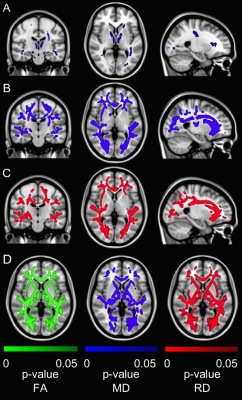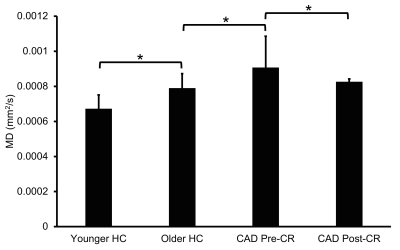Stefan E. Poirier1,2, Neville Suskin3, Keith S. St. Lawrence1,2, J. Kevin Shoemaker4, and Udunna C. Anazodo1,2,5,6
1Lawson Imaging, Lawson Health Research Institute, London, ON, Canada, 2Medical Biophysics, Western University, London, ON, Canada, 3Cardiology, Western University, London, ON, Canada, 4School of Kinesiology, Western University, London, ON, Canada, 5Clinical Neurological Sciences, Western University, London, ON, Canada, 6Research Centre for Studies in Aging, McGill University, Montreal, QC, Canada
1Lawson Imaging, Lawson Health Research Institute, London, ON, Canada, 2Medical Biophysics, Western University, London, ON, Canada, 3Cardiology, Western University, London, ON, Canada, 4School of Kinesiology, Western University, London, ON, Canada, 5Clinical Neurological Sciences, Western University, London, ON, Canada, 6Research Centre for Studies in Aging, McGill University, Montreal, QC, Canada
In coronary artery disease, both disease manifestation and brain aging may contribute to changes in brain white matter macrostructure with potential influence on cognition, and these may be quelled by cardiac rehabilitation.

Figure 1. Tract-based statistical images (coloured regions) showing: A) Increased MD in WM regions linked to cognitive function in CAD patients at baseline compared to age-matched HC subjects; Widespread increases in B) MD and C) RD throughout WM in older HC subjects relative to younger healthy adults; and D) Widespread improvements in WM integrity given by increased FA, decreased MD, and decreased RD in CAD patients following CR. Statistical images are thresholded by p < 0.05 (FWE-corrected).

